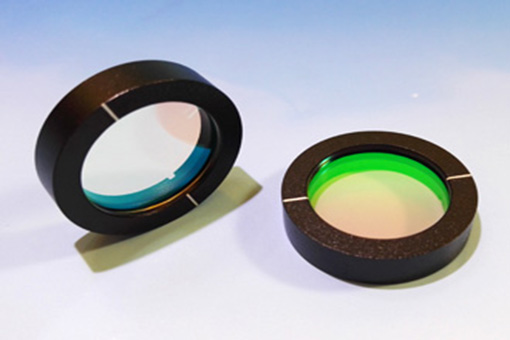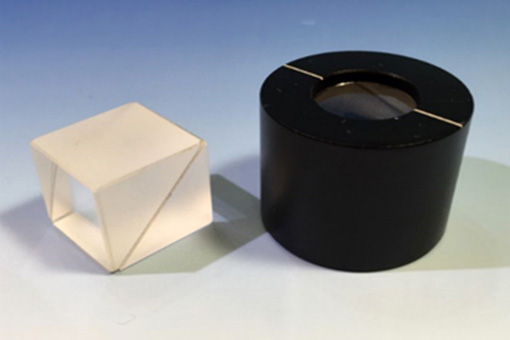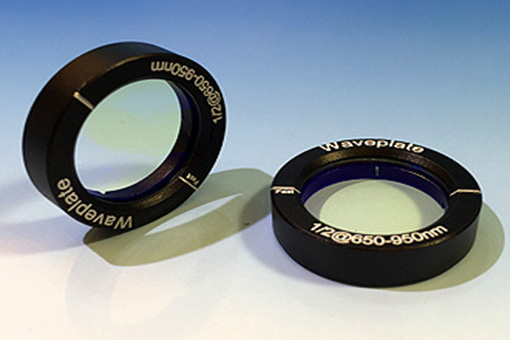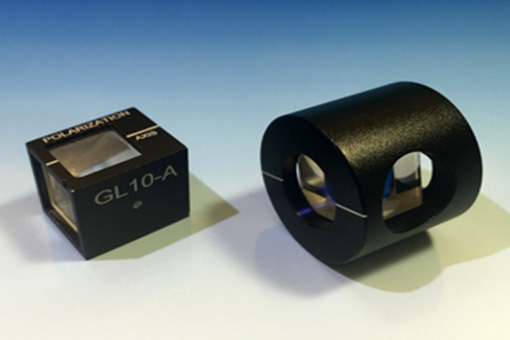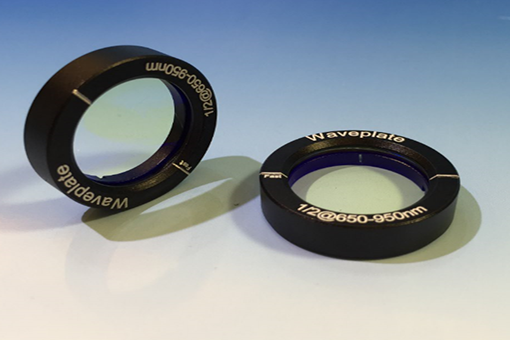Axicon Lens
Axicon lens usually called a rotationally symmetric prism and is a axicon lens composed of a conical surface and a flat surface. Axicon lens is often used to generate a beam of Bessel intensity distribution or a conical non-divergent beam. When changing the collimated beam into a ring beam, the plane of the cone lens should face the collimated light source. The light beam generated by the conical lens passes through the optical axis. When the distance from the conical lens to the image increases, the diameter of the formed halo will also increase, while the thickness of the halo remains unchanged. The light beam has the characteristics of a Bessel beam, and the light intensity distribution along the beam propagation direction will not change.
Bessel beam characteristics of axicon lens
Unlike Gaussian beams that diverge with distance, Bessel beams are non-diffracted beams, which can keep the light intensity distribution unchanged during propagation. Although the true Bessel beam requires infinite energy to produce, the cone lens can produce very similar non-diffractive characteristics within its depth of focus (DOF) range.
Axicon lens obeys Snell's law when refracting light. Can be used to measure the deflection angle:
![]()
Among them, n is the refractive index of the glass, α is the physical base angle of the cone lens, and ß is the deflection angle of the refracted light from the optical axis.
In order to obtain the Bessel beam, the Axicon lenses and the laser must be collimated so that the laser beam propagates along the optical axis of the conical lens. In order to achieve collimation and accuracy requirements, many optical components are used, including lasers, beam expanders, lens mounts, and post and post holders. For example, the beam expander can collimate the incident laser and reduce its divergence, so that the axicon lens can accurately create a circular beam, and the optical lens mount can firmly fix the conical lens and provide micron or sub-micron degree of freedom adjustment And collimation.
| Value Property | General | Intermediate | Customized |
| Angular tolerance | ±0.1° | ±0.05° | ±0.01° |
| Clear aperture | >90% | >90% | >90% |
| Apex rounding | <φ1.5mm | <φ0.7mm | <φ0.4mm |
| Surface quality | 40/20 | 40/20 | 20/10 |
Products categories
-

Phone
Phone
-

Email
Email
-

whatsapp
whatsapp
-

Wechat
Wechat

-

Top

